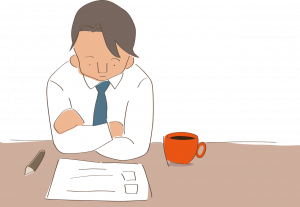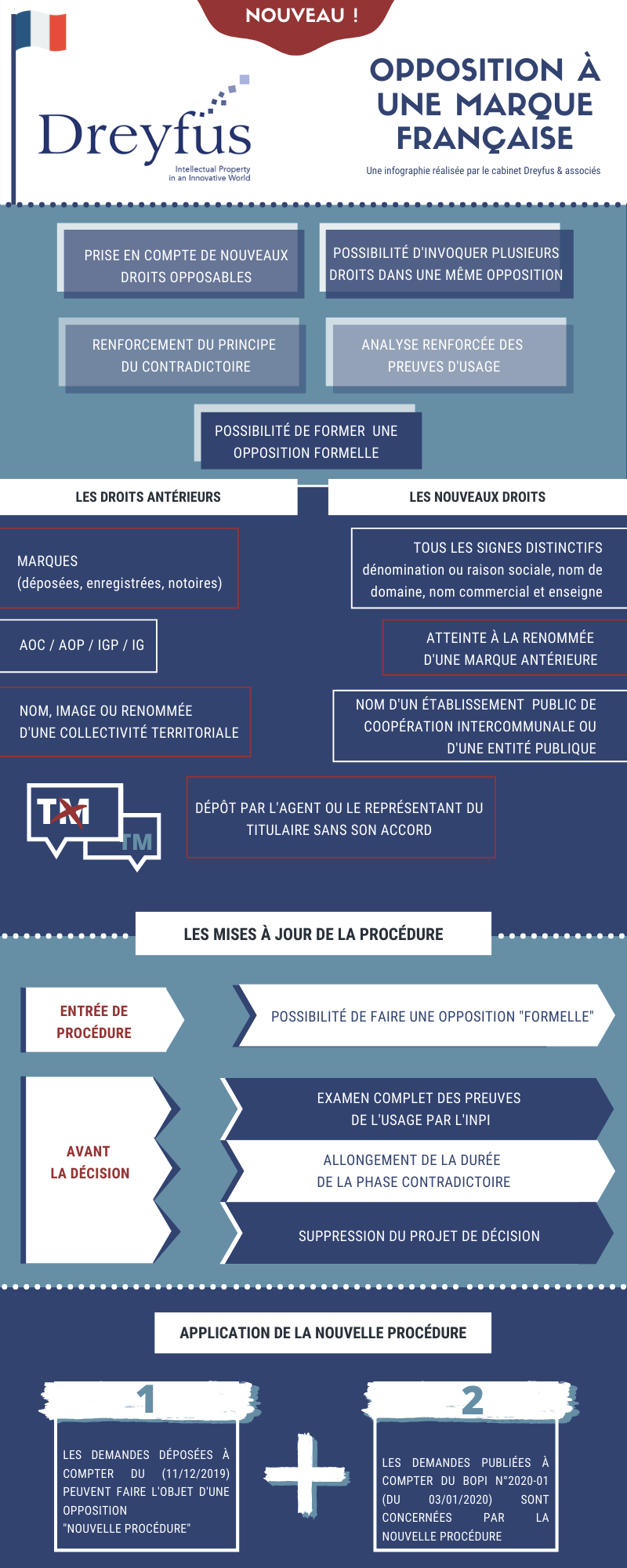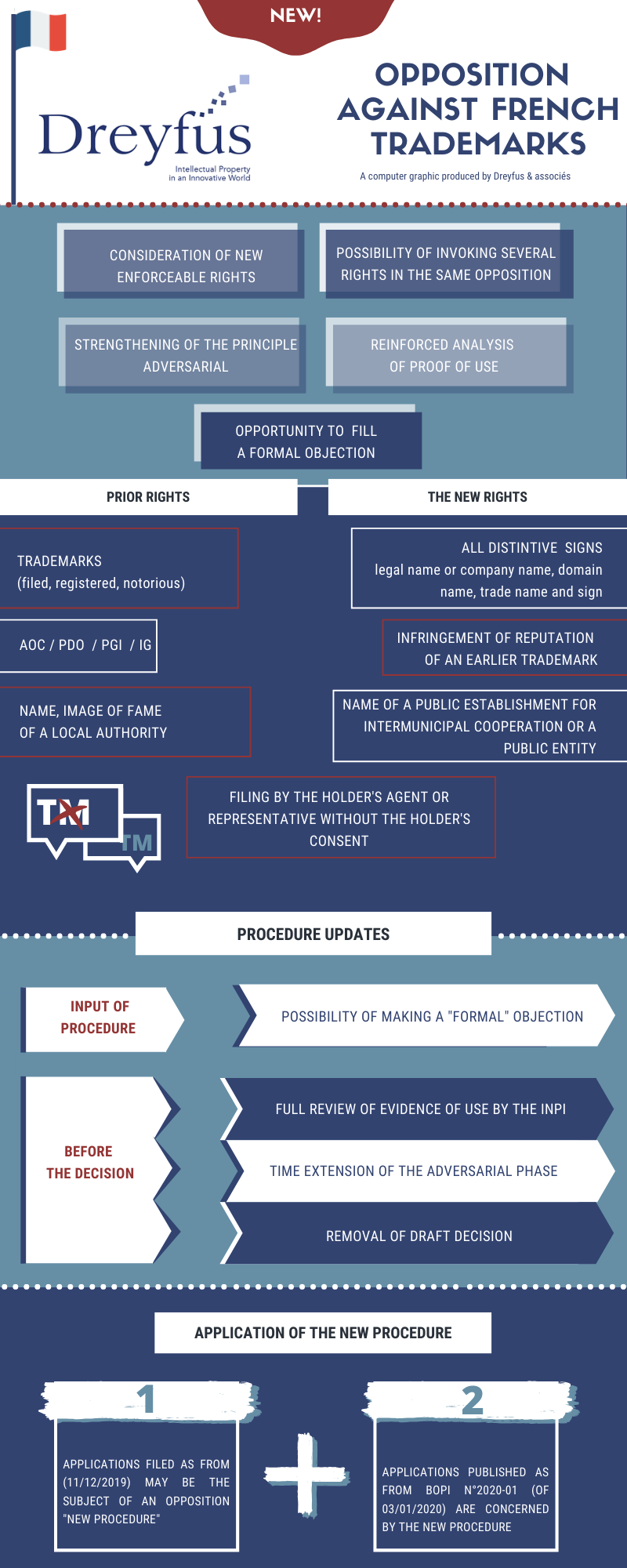Domain name registration by an unauthorized distributor: importance of the trademark holder’s behavior in assessing good faith
The French company Adventure is specialized in the sale of paramotors. It owns the French semi-figurative trademark including the terms “adventure” and “paramotor” as well as the domain names “paramoteur.com” and “adventure-paramotors.com”.
The company has filed a UDRP complaint before the WIPO Arbitration and Mediation Center against the domain name <adventureparamotorsusa.com>, claiming that it infringes its rights.
The domain name was registered on March 14, 2018, by respondent Mike Robinson who acted as the Complainant’s authorized reseller for the United States. The domain name offered the Complainant’s products and services for sale. Due to the low level of sales generated by the Respondent in the United States, the Complainant decided to terminate the dealership agreement and instructed the Respondent to stop using the domain name <adventureparamotorsusa.com>.
The dispute between the parties arises as a result of the Respondent’s refusal to comply with this request. Indeed, the latter is ready to close the website on the condition that the complainant pays him $10,000, a sum that would represent the investment made by the Respondent for the construction of the website.
The French company maintains that the website associated with the disputed domain name was created by the Respondent without the prior express authorization of the Complainant.
The Complainant’s position is not supported by the expert, who considers that it fails to demonstrate that the Respondent registered and used the domain name in bad faith. The expert states: “the domain name was registered on March 14, 2018, the month the parties entered into their commercial agreement. It is also the month when the parties met to discuss the agreement (…). The panel assumes that the parties must have discussed during that March 2018 meeting the means by which the Respondent planned to promote the Complainant’s products in the United States (…). After all, the plaintiff must have known that the defendant would have an online presence and, usually trademark owners are concerned about whether these marketing elements (…) are in line with the image of the trademark. Similarly, the expert notes that “in none of the exchanges (…) between the parties during the term of the agreement did the Complainant argue about the registration of the domain name by the Respondent”.
The various exchanges between the protagonists show that the Complainant’s only reproach to the Respondent is that the latter continued using the domain name after the termination of the Concession Agreement, and not the registration of the domain name per se. Therefore, the Complainant does not prove in any way that the domain name was registered in bad faith. According to the expert and in view of the content of the exchanges between the parties, the Respondent did register the domain name in good faith for the purpose of promoting and selling the Complainant’s products under its trade agreement.
The expert ruling on the case concludes that the complaint should be dismissed.
In addition, he also states that the complaint was filed in bad faith by the Complainant, seeking to deprive the Respondent of ownership of its domain name.
Indeed, the UDRP procedure is not a tool for deliberately depriving a respondent of a domain name in circumstances that are outside the policy of the procedure.
In regards to the facts of the case, the Complainant clearly should have known that its complaint could not succeed since the respondent had registered the domain name in good faith.
Thus, great care must be taken with regard to the portfolio of domain names related to the company name or trademarks, as these are valuable assets. Drawing up a restrictive naming charter makes it possible to prevent as far as possible any dispute regarding the ownership of names that may arise with business partners.
Dreyfus firm, an expert in trademark law, can help you with the management of your domain names and trademarks portfolios.




 Advice Group is an Italian company founded in 2006 and specialized in marketing. It is based in Turin but has offices in Rome, Bari and subsidiaries in Bulgaria, Kosovo, Portugal, Colombia and Peru.
Advice Group is an Italian company founded in 2006 and specialized in marketing. It is based in Turin but has offices in Rome, Bari and subsidiaries in Bulgaria, Kosovo, Portugal, Colombia and Peru.
 The Swiss company Blockwords AG, formerly known as Swiss Future Project AG, operates an encryption exchange under the sign SCX, which was registered as a Swiss trademark on December 19, 2017.
The Swiss company Blockwords AG, formerly known as Swiss Future Project AG, operates an encryption exchange under the sign SCX, which was registered as a Swiss trademark on December 19, 2017.
 The CJEU rendered a crucial decision in its recent
The CJEU rendered a crucial decision in its recent 
 Dreyfus & associés, in association with INTA, had the pleasure of organizing a breakfast debate last February.
Dreyfus & associés, in association with INTA, had the pleasure of organizing a breakfast debate last February.
 While one generally refers to the “three criteria” of the UDRP (a trademark similar to the domain name; the absence of rights or legitimate interests of the defendant in the disputed domain name; and the bad faith of the registrant), it should be kept in mind that bad faith in UDRP matters has two aspects: the first is bad faith registration and the second is bad faith usage. Therefore, proving only one of these elements is insufficient even though it may be considered “fair” that a name used in bad faith should be transferred to the applicant.
While one generally refers to the “three criteria” of the UDRP (a trademark similar to the domain name; the absence of rights or legitimate interests of the defendant in the disputed domain name; and the bad faith of the registrant), it should be kept in mind that bad faith in UDRP matters has two aspects: the first is bad faith registration and the second is bad faith usage. Therefore, proving only one of these elements is insufficient even though it may be considered “fair” that a name used in bad faith should be transferred to the applicant.
 While certain geographical names may, by exception, benefit from protection within the meaning of the UDRP rules, it should be remembered that they must be perceived as a trademark or service mark over which the applicant has rights. However, the mere use of a geographical name to identify certain goods and services as a territorial entity is not sufficient to demonstrate rights in a trademark or service mark within the meaning of the Guidelines, as the pannelist rightly pointed out in the present Decision.
While certain geographical names may, by exception, benefit from protection within the meaning of the UDRP rules, it should be remembered that they must be perceived as a trademark or service mark over which the applicant has rights. However, the mere use of a geographical name to identify certain goods and services as a territorial entity is not sufficient to demonstrate rights in a trademark or service mark within the meaning of the Guidelines, as the pannelist rightly pointed out in the present Decision.



